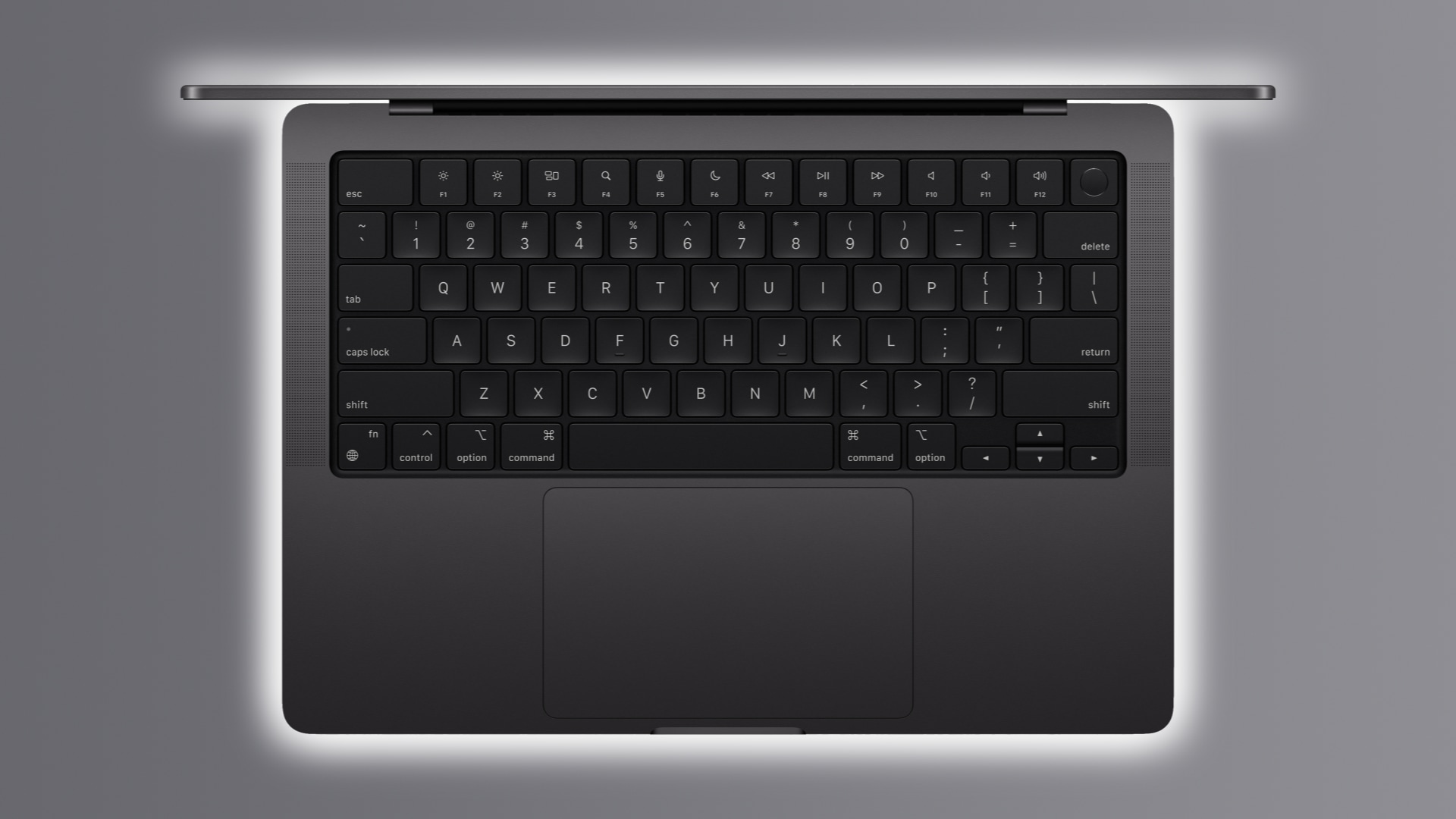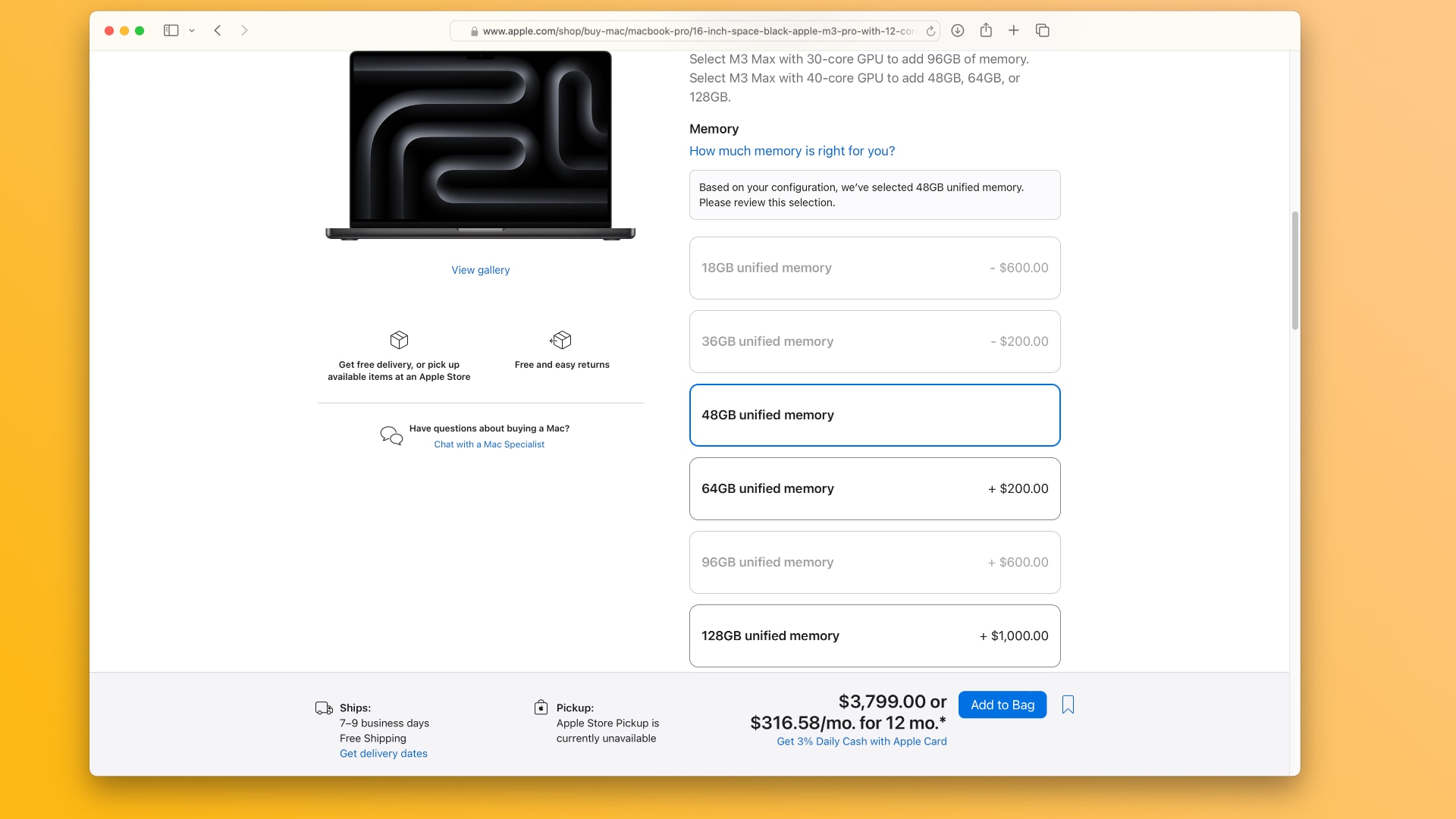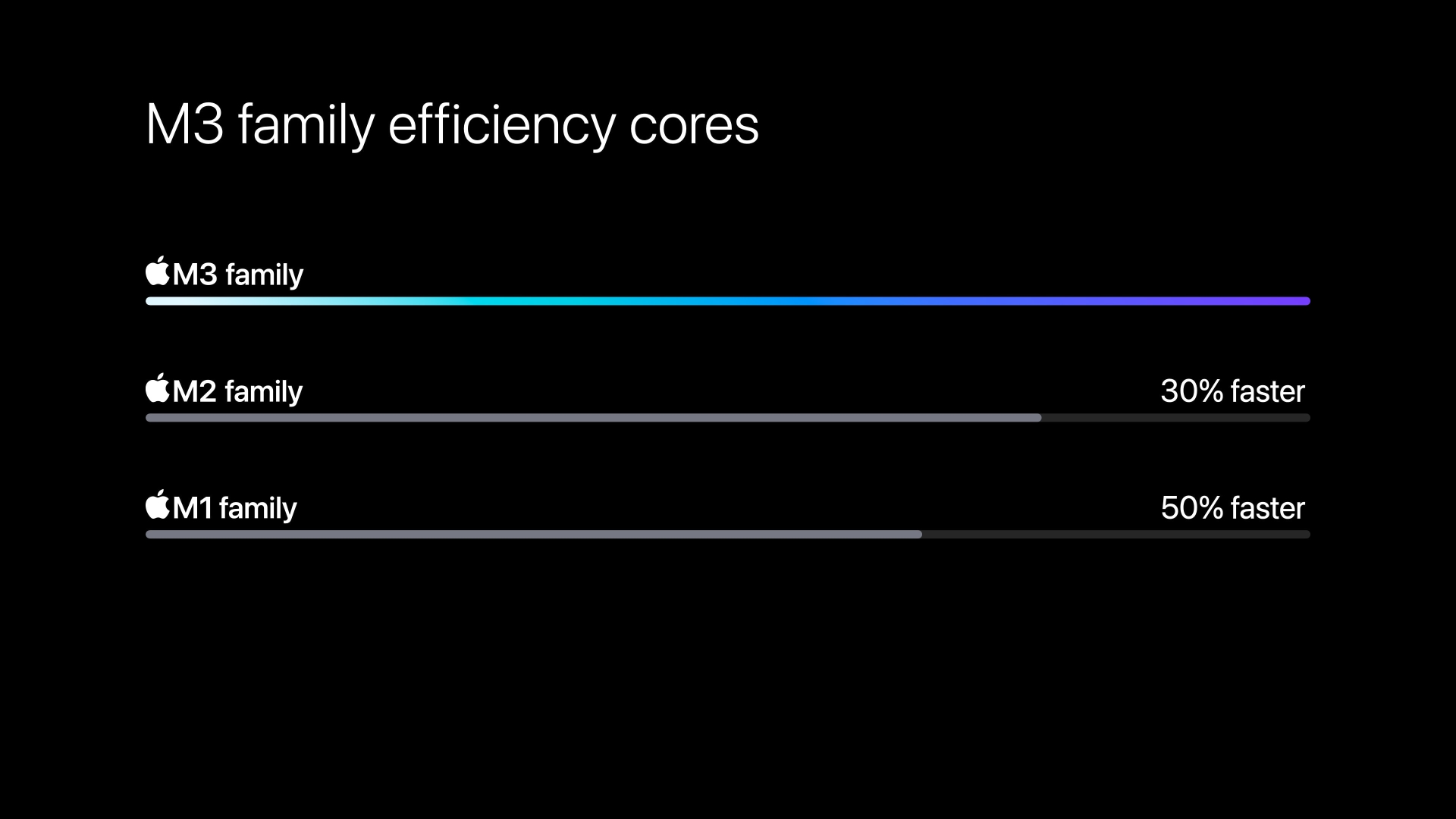Here’s when and how to order the new M3-powered MacBook Pro laptops and the new M3-based iMac all-in-one desktop unveiled at Apple’s “Scary Fast” event.

Apple held a Mac-focused event on October 30, 2023, dubbed “Scary Fast.” Pre-taped broadcast was an official introduction to the latest Apple processors built on TSMC’s 3-nanometer process—the M3, M3 Pro and M3 Max.
An Ultra version of the M3 wasn’t announced at this time. These chips power refreshed MacBook Pro laptops and updated iMac desktop. Here’s when and how to order the new M3 MacBook Pro and iMac.
How to order the MacBook Pro with Apple M3

The M3 MacBook Pro models can be ordered through the official Apple Store app or the online Apple store at apple.com/store or by clicking the button below:
View the latest MacBook Pro on Apple.com
Deliveries are scheduled to commence on November 7, 2023. All models of the M3 MacBook Pro still come in the standard silver finish as before, but Apple now provides a new color finish that’s bound to be very popular: Space Gray.
To learn more about the technical advancements provided by the new M3, M3 Pro and M3 Max chips, read a press release on Apple’s website.
M3 MacBook Pro configurations

Apple provides the M3 MacBook Pro in these six configurations, with additional build-to-order upgrades available depending on the chosen model.
- $1599 14-inch MacBook Pro: Apple M3 chip with 8 CPU cores, 10 GPU cores, 8GB unified memory, 512GB SSD storage and two Thunderbolt/USB4 ports.
- $1799 14-inch MacBook Pro: Apple M3 chip with 8 CPU cores, 10 GPU cores, 8GB unified memory, 1TB SSD storage and two Thunderbolt/USB4 ports.
- $1999 14-inch MacBook Pro: Apple M3 Pro chip with 11 CPU cores, 14 GPU cores, 18GB unified memory, 512GB SSD storage and three Thunderbolt 4 ports.
- $2499 16-inch MacBook Pro: Apple M3 Pro chip with 12 CPU cores, 18 GPU cores, 18GB unified memory, 512GB SSD storage and three Thunderbolt 4 ports
- $2899 16-inch MacBook Pro: Apple M3 Pro chip with 12 CPU cores, 18 GPU cores, 36GB unified memory, 512GB SSD storage and three Thunderbolt 4 ports.
- $3499 16-inch MacBook Pro: Apple M3 Pro chip with 14 CPU cores, 30 GPU cores, 36GB unified memory, 1TB SSD storage and three Thunderbolt 4 ports.
The above configurations can be configured on Apple’s website or the Apple Store app with a better chip, additional memory and flash storage. For a side-by-side comparison of the MacBook Pro models, visit the Compare Mac Models webpage.
For more info about the M3 MacBook Pro, read Apple’s press release and visit apple.com/macbook-pro. Now that the M3 MacBook Pros are available, Apple has pulled the 13.3-inch model with the maligned Touch Bar feature from store shelves. As a result, there are no more Touch Bar Macs.
Built-to-order upgrades for M3 MacBook Pros

The memory on the $1599 and $1799 versions of the 14-inch model can be upgraded from 8GB to 16GB (+$200) and 24GB (+$400). The $1999 14-inch MacBook Pro can go from 18GB to 36GB of unified unified memory (+$400).
The memory on the $2499 16-inch MacBook Pro can be doubled from 18GB to 36GB for an additional $400. The $2899 16-inch MacBook Pro cannot surpass the built-in 36GB unified memory.
The memory on the flagship $3499 MacBook Pro can be upgraded from 36GB to 96GB for an extra $800. Additional memory upgrades are available by adding a faster chip to the above models.
A note about memory upgrades
Apple notes that the $1999 14-inch MacBook Pro can be equipped with 96GB of memory by upgrading to a 40-core M3 Max while adding a 40-core M3 Max to your order will unlock the 48GB, 64GB and 128GB memory options.
CPU upgrades are unavailable for the $1599 and $1799 14-inch MacBook Pros.
As for the 16-inch MacBook Pro, the 96GB option becomes available when you outfit your system with a 30-core M3 Max chip. The 48GB, 64GB and 128GB upgrades are unlocked for 40-core M3 Max configurations.
Choosing the amount of memory is the most important choice you’ll need to make because the RAM on Apple silicon computers is soldered on the main chip and cannot be replaced or upgraded after the purchase.
How to order the 24-inch iMac with Apple M3
To shop the new M3 iMac, visit apple.com/store or click the button below. Pre-orders for the M3 iMac opened on October 30, 2023, with deliveries arriving beginning November 7, when the computer will also come to Apple’s own stores and its authorized resellers.
Visit the latest iMac on Apple.com
The base $1299 M3 iMac is available in blue, green, pink and silver. The $1499 and $1699 models come in the same color finishes as before: blue, green, pink, yellow, orange, purple and silver. The M3 iMac is currently available in 27 countries, including the United States, with additional countries to follow in the coming weeks.
For more M3 iMac info, read Apple’s press release and visit apple.com/imac.
M3 iMac configurations
The M3 version of the 24-inch iMac comes in three basic configurations:
- $1299 24-inch iMac: Apple M3 chip with 8 CPU cores, 8 GPU cores, 8GB unified memory, 256GB SSD storage, two Thunderbolt/USB4 ports and no Ethernet port.
- $1499 24-inch iMac: Apple M3 chip with 8 CPU cores, 10 GPU cores, 8GB unified memory, 256GB SSD storage, two Thunderbolt/USB4, two additional USB 3 ports and Gigabit Ethernet.
- $1699 24-inch iMac: Apple M3 chip with 8 CPU cores, 10 GPU cores, 8GB unified memory, 512GB SSD storage, two Thunderbolt/USB4, two additional USB 3 ports and Gigabit Ethernet.
Visit Apple’s website to compare the M3 iMac’s technical specifications.
Built-to-order upgrades for M3 iMacs

Apple offers the M3 edition of the 24-inch iMac in three basic configurations, listed below. Additional CPU, memory and storage upgrades to build your dream all-in-one are available when shopping on Apple’s online store or the official Apple Store app.
All three iMac configurations can be upgraded from 8GB of unified memory to 16GB (+$200) or 24GB (+$400). Flash storage on the $1299 and $1499 models can be upgraded from 256GB to 512GB (+$200) and 1TB (+$400), with an additional 2TB upgrade (+$800) available for the $1499 model. SSD upgrades for the flagship $1699 iMac are 1TB ($200) and 2TB (+$600).
All iMac configurations ship with the Magic Mouse included, but you can opt for the Magic Trackpad instead (+$50) or the Magic Mouse + Magic Trackpad combo (+$129). The computers ship with color-matched cables, a mouse and a keyboard.
The base $1299 iMac ships with the standard keyboard, with options to upgrade your typing experience to the Magic Keyboard with Touch ID (+$50) or the full-size version (+$80). The $1499 and $1699 models come with the Touch ID keyboard in the box that you can optionally swap for its full-size counterpart (+$30).
More scary fast Macs to come down the pike
Of course, the company isn’t done equipping the entire Mac lineup with the latest Apple silicon chips. The Mac Studio, Mac mini and Mac Pro currently use M2-series chips but don’t hold your breath for M3, M3 Pro, M3 Max and M3 Ultra versions of those Macs before 2024. The MacBook Air, Apple’s best-selling laptop, should jump on the M3 bandwagon at some point.
For now, the new M3-based MacBook Pro and iMac are Apple’s fastest Macs yet. The speed difference between the M3 and M2 chips is marginal and mainly stems from TSMC’s 3-nanometer process. Upgrading from an M1 Mac to one of these new computers will bring about fifty percent faster performance (sometimes even more, depending on the task at hand).
The most significant jump will feel people who still use Intel-based Macs, like me, with Apple mentioning at least a tenfold speed increase over the fastest Intel-based Mac.